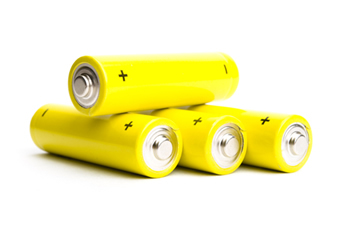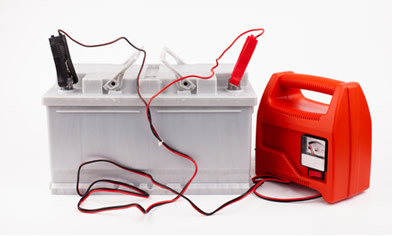Coal is one of the main energy sources today. This fuel is formed by burying trunks, roots, branches and leaves of trees, in conditions with low oxygen, earth pressure and high temperatures. The chemical transformation of organic matter into a homogeneous black mass (coal deposit) takes millions of years.
Main fuel during the eighteenth century, coal boosted the First Industrial Revolution, being widely used in steam engines. However, currently, its use is more common in electricity generation.
Technological advances provided the development of other fuels through the transformation of mineral coal. One of these new products is CTL (Coal-to-Liquids), which is a liquid produced through the process called Fischer-Tropsch, which consists of a reaction in which coal is gasified and then, through a catalyst, carbon monoxide and hydrogen are converted into hydrocarbons liquids.
Do not stop now... There's more after the advertising ;)
The liquefaction of coal generates an extremely energetic fuel, which can be produced in diesel, lubricants, paraffins and petrochemical naphtha. Some of these substances can be used in automobiles, as long as they are adapted to receive such fuel.
The combustion of CTL is 30% less polluting compared to gasoline, contributing to a reduction in the emission of greenhouse gases. Another positive aspect refers to the ease of storing and transporting the fuel. However, the process of transforming coal into liquid is very expensive, making it unfeasible for many countries.
By Wagner de Cerqueira and Francisco
Graduated in Geography
Brazil School Team
Fossil fuels - Fuels - geography - Brazil School
Would you like to reference this text in a school or academic work? Look:
FRANCISCO, Wagner de Cerqueira and. "CTL"; Brazil School. Available in: https://brasilescola.uol.com.br/geografia/ctl.htm. Accessed on June 28, 2021.


